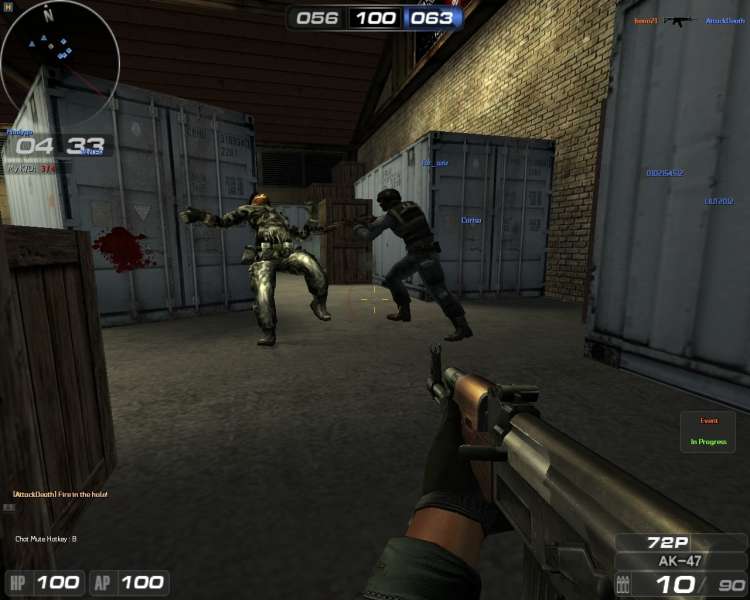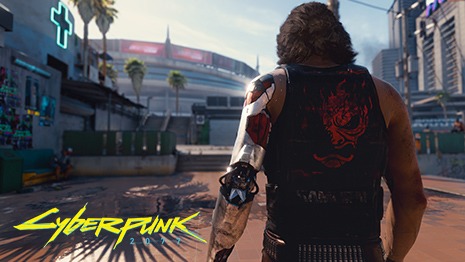
Re: Fighting styles: this is a good way of looking at it. I am pretty sure that is how it works, too. Question: the Ghost Step (Invisible) reads ".for 1 round." Does that mean that if you had multiple attacks (either through BAB or Two-Weapon Fighting, or both) that they would all be eligible for Sudden Strike unless the opponent could see past your invisibility? If so, that is pretty darn effective. Larger and smaller creatures get bonuses and penalties to Strength checks to break objects as follows: Fine –16, Diminutive –12, Tiny –8, Small –4, Large +4, Huge +8, Gargantuan +12, Colossal +16.Re: Sudden Strike: you are convincing me, I have to admit. If an object has lost half or more of its Hit Points, the object gains the broken condition (see page 273) and the DC to break it is reduced by 2. Consult Table 11–13: DCs to Break Objects for a list of common break DCs. Since hardness does not affect an object’s break DC, this value depends more on the construction of the item in question than on the material the object is made of. Items with a caster level or item level of 0 don’t receive saving throws when unattended.ĭestroying Objects Using Strength When a character tries to destroy a certain object by using sudden force rather than by dealing damage, he attempts a Strength check (rather than making attack and damage rolls, as with the sunder combat maneuver) to determine whether he succeeds. An object that is held or worn uses the saving throw bonus of the creature carrying it if that bonus is better than its own saving throw bonus. An object’s total saving throw bonus for Fortitude, Reflex, and Will saves is equal to the object’s caster level or item level. Effects that do something other than deal damage affect only objects if their descriptions specifically say so (only common with spells) or note “(object)” in the description of the effect’s saving throw.

PATHFINDER SUDDEN ATTACK FULL
Furthermore, if a creature takes a full action to line up a shot, it automatically hits with a melee weapon and gains a +5 bonus to an attack roll with a ranged weapon. An inanimate object has not only a Dexterity of 0 (–5 modifier) but also an additional –2 penalty to its AC. An object’s Armor Class is equal to 10 + a modifier due to its size (see Table 11–12: Size and Armor Class of Objects) + its Dexterity modifier. Armor Class: Unattended objects are easier to hit than creatures because they don’t usually move, but many are tough enough to shrug off some damage from each blow.


Smashing an unattended object is similar, except this attack roll is opposed by the object’s Armor Class.

Smashing An Object Using a weapon to smash a foe’s weapon or an object accessible on the foe’s body is accomplished with the sunder combat maneuver (see page 246). When attempting to break an object, you have two choices: smashing it with a weapon or destroying it with sheer strength. Breaking Objects Source Starfinder Core Rulebook pg.


 0 kommentar(er)
0 kommentar(er)
